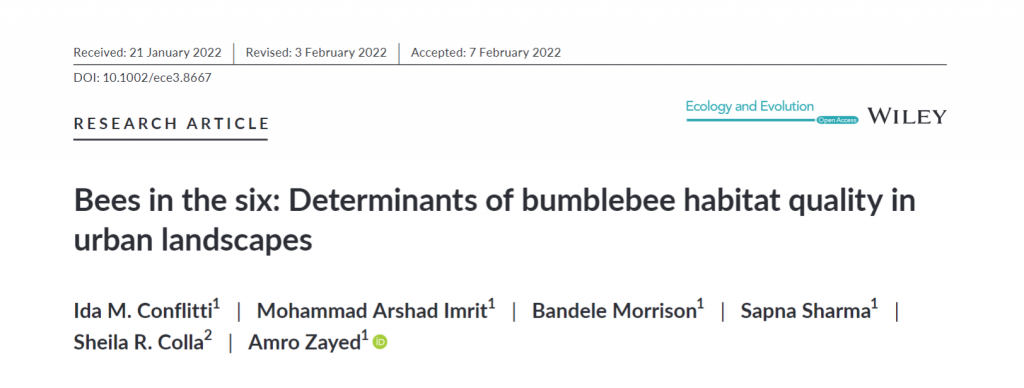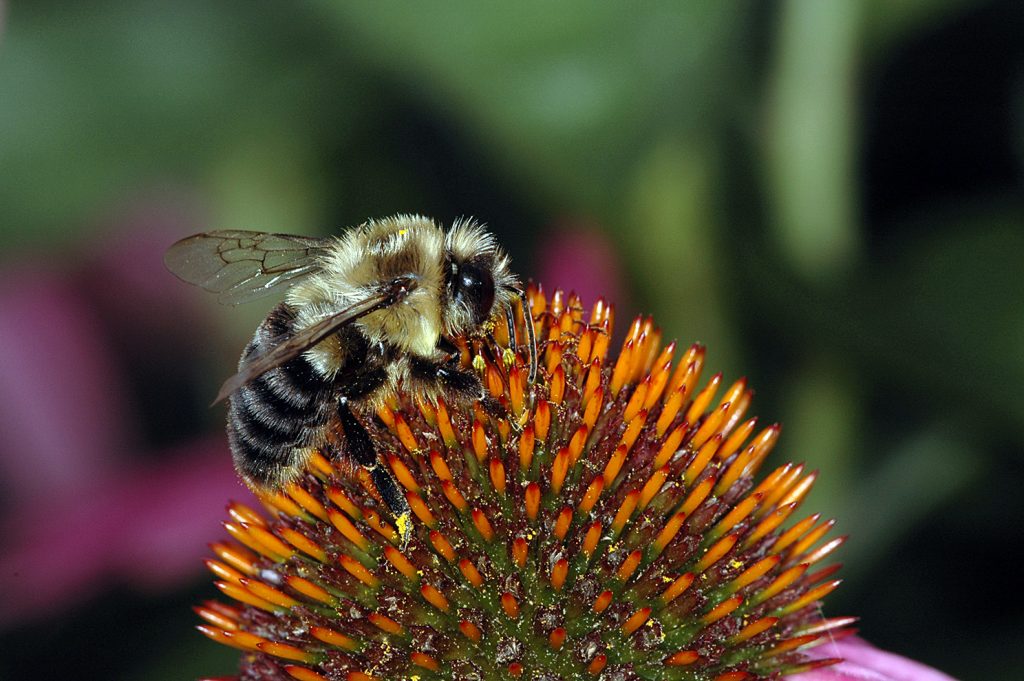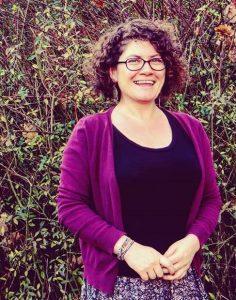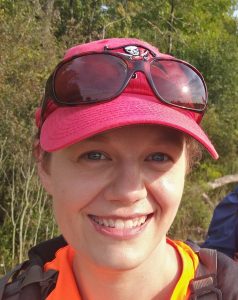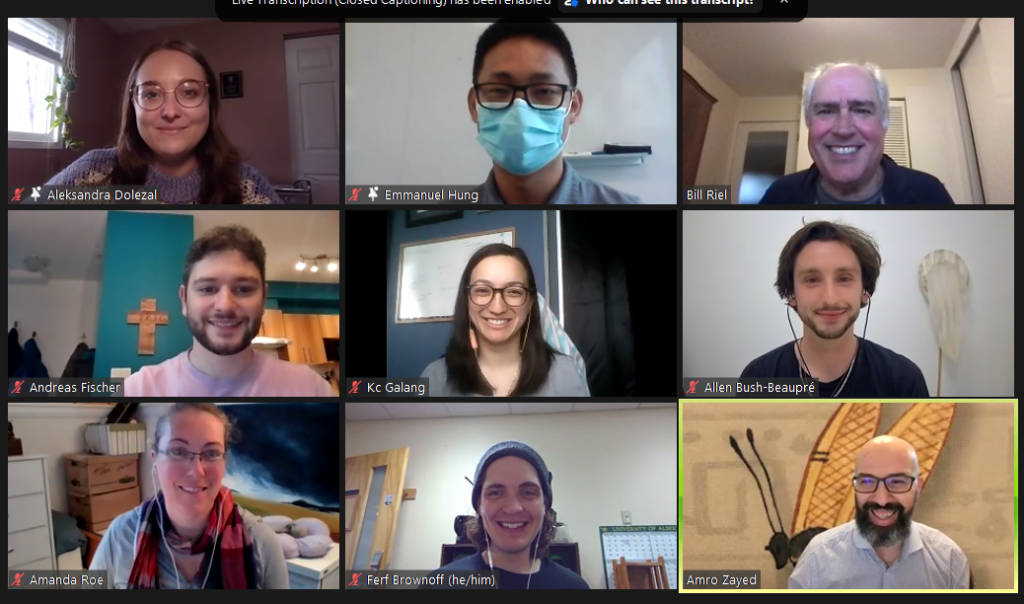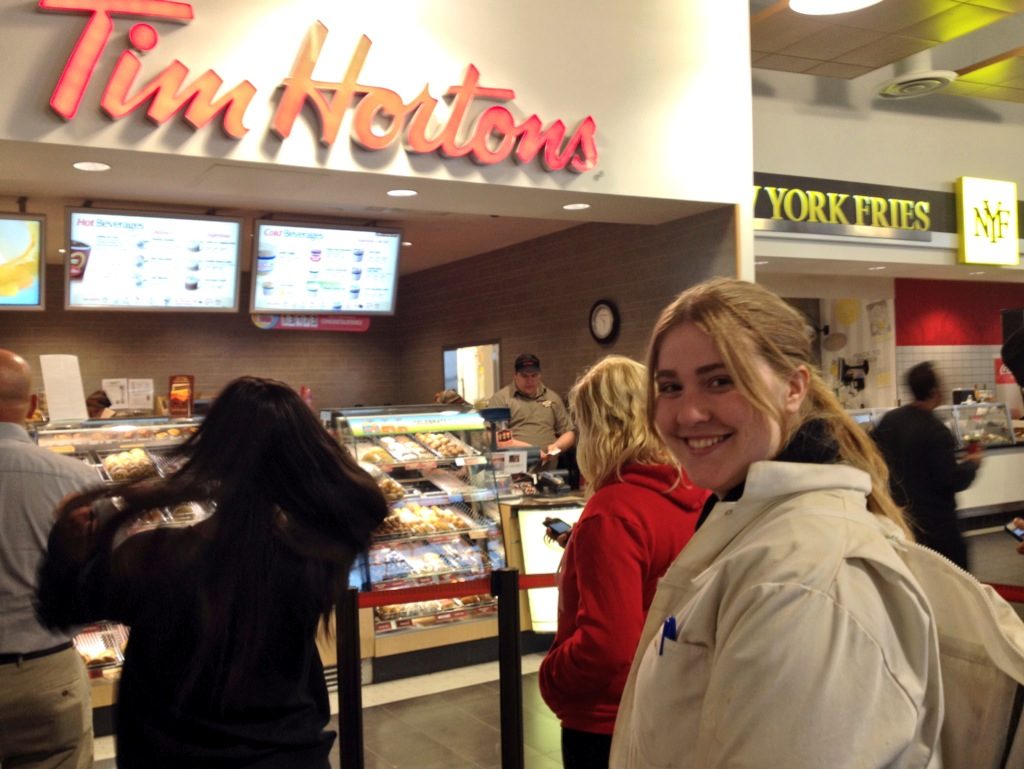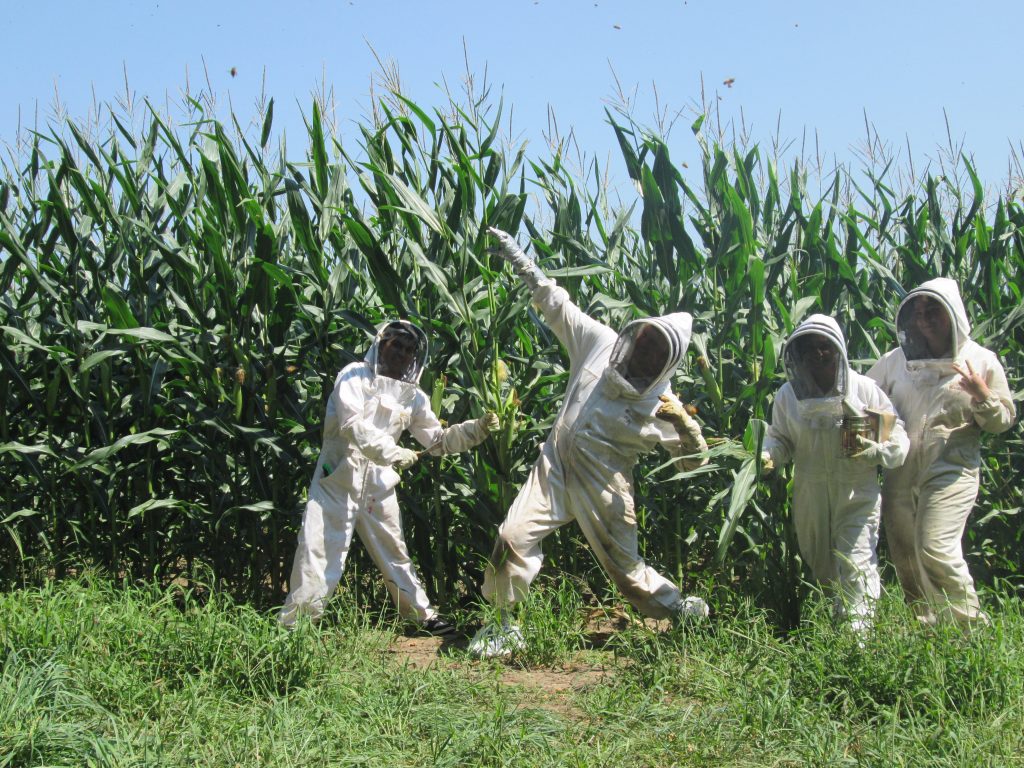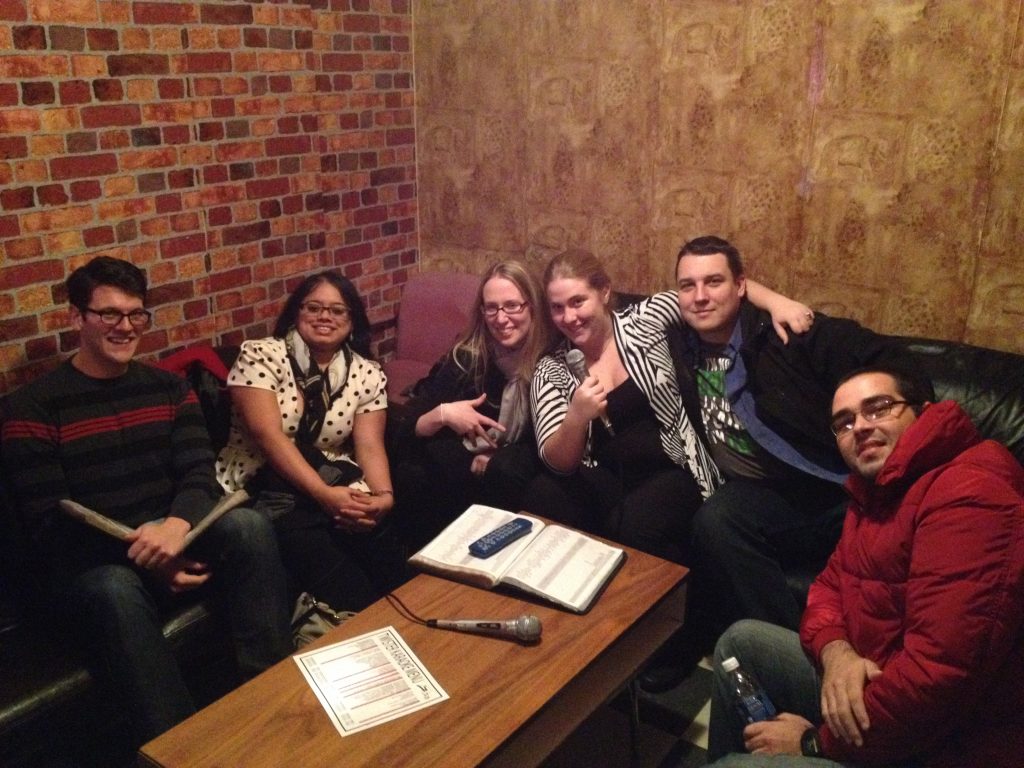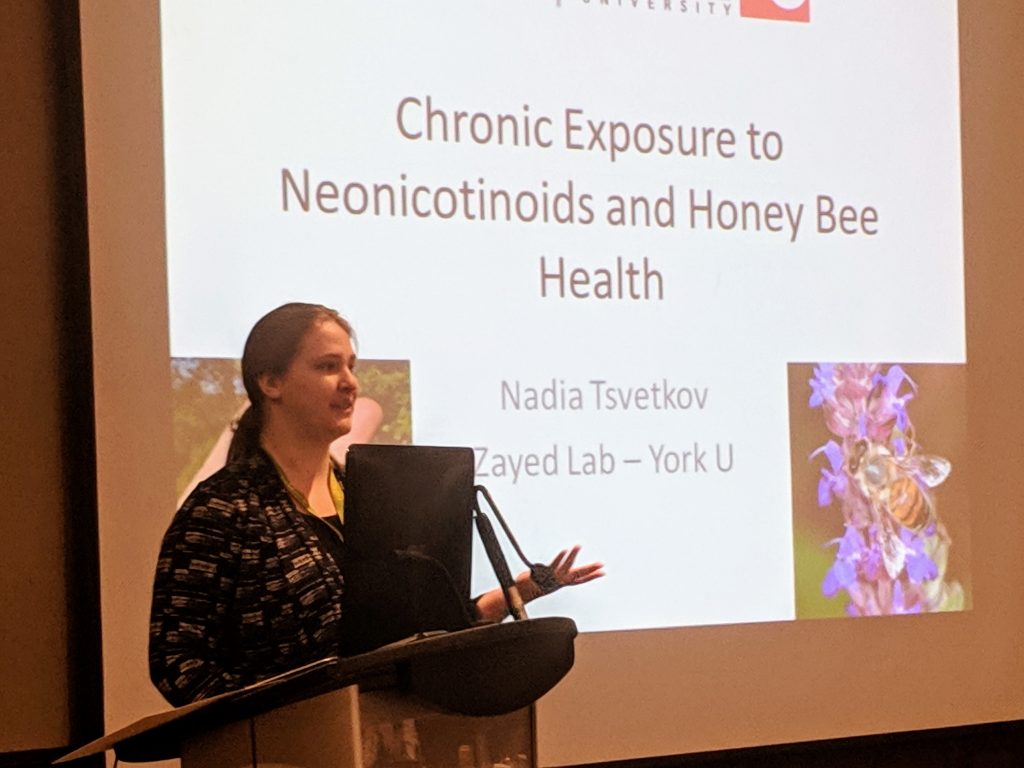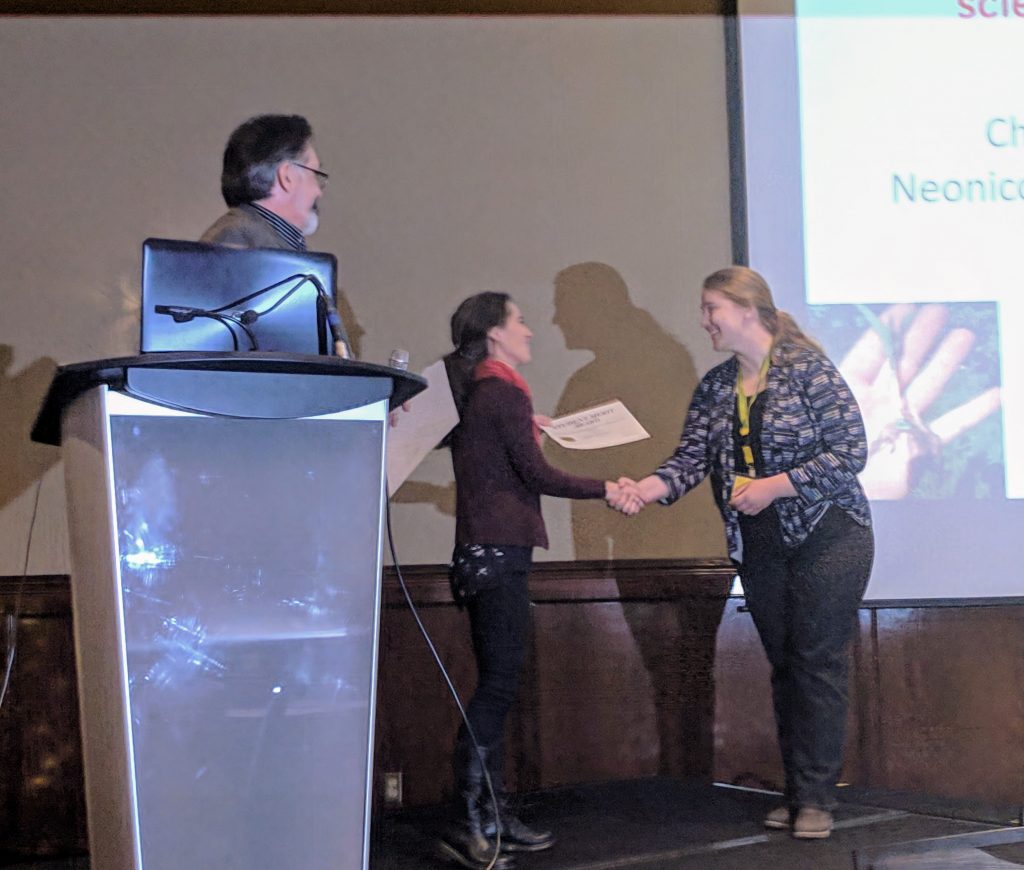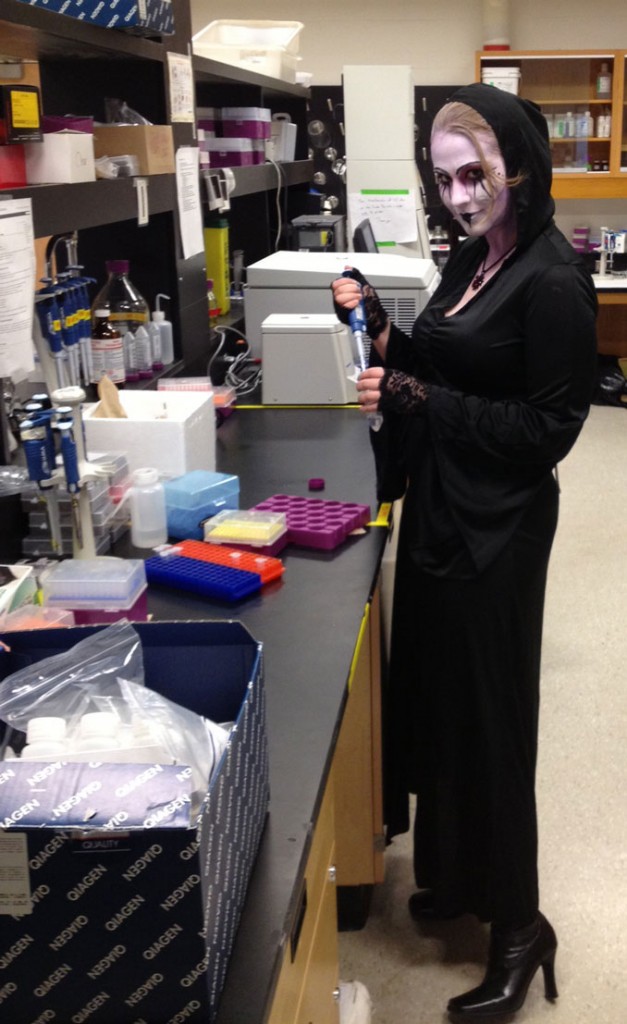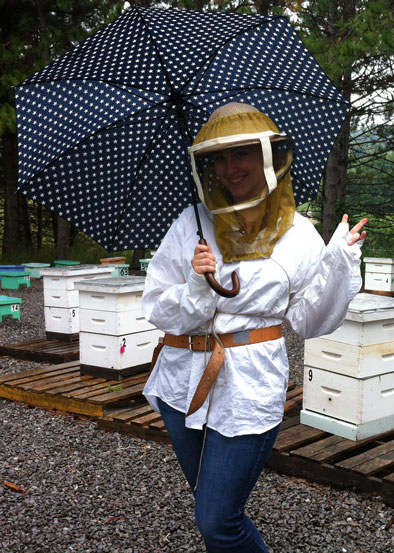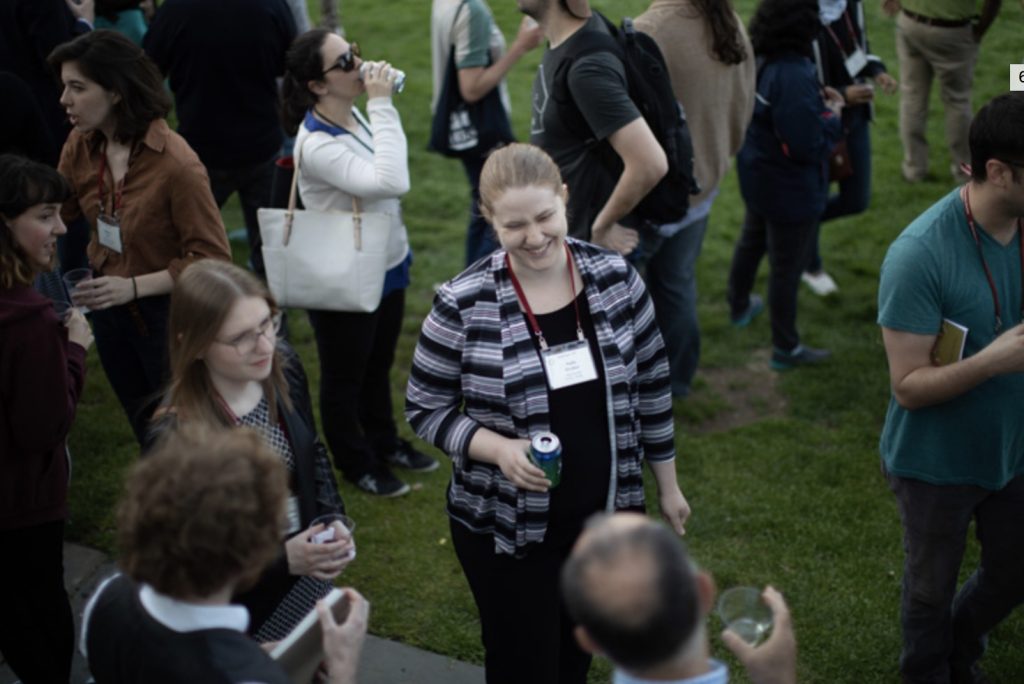The honey bee lab (www.yorku.ca/zayedlab) at York University’s Dept. of Biology (Toronto, Canada) has several positions available starting Summer of 2021. Projects include:
1) Developing bio-markers for honey bee health: Our group is leading a national initiative called BeeCSI (https://beecsi.ca/) which will systematically expose honey bees to a large number of relevant stressors to identify transcriptional biomarkers associated with exposure. We are looking for a postdoctoral fellow with experience in transcriptomics and interest in honey bee biology to participate in both wet-lab and bioinformatics components of this research.
2) Molecular palynology: To better understand the role of nutrition in bee health, our group is looking for a postdoctoral fellow with experience in DNA barcoding and meta-barcoding to identify the source and diversity of pollen collected by honey bee colonies situated near and far from a large number of crops in Canada. The postdoctoral fellow will work closely with collaborator and molecular palynology expert, Dr. Rodney Richardson (University of Maryland), in addition to collaborating with other researchers on the BeeCSI team (https://beecsi.ca/).
3) Landscape and bee health: We are assembling a rich dataset of pests, pathogens, pesticides, pollen diversity and transcriptomic profiles in a very large number of honey bee colonies from across Canada. We are looking for a postdoctoral fellow with experience in spatial ecology to study how landscape interacts with multiple stressors to influence honey bee health in the field.
Qualified candidates are encouraged to submit a cover letter outlining their expertise, a CV, reprints of relevant papers, and contact information for 3 referees to honeybee@yorku.ca between now and April 20th 2021. We will evaluate the applications as they are received.
In addition to the honey bee lab, York University is home to the Center for Bee Ecology, Evolution and Conservation (BEEc, https://bees.yorku.ca). Successful candidates will have a chance to interact with the diverse faculty, fellows and students at BEEc, and participate in BEEc activities and training initiatives.
Duration: 2 years
Salary: $50,000 including benefits.
